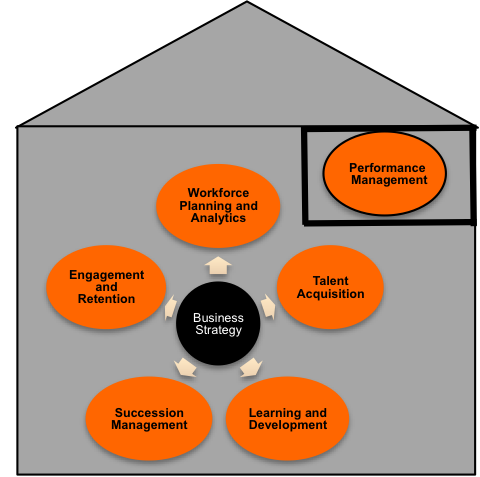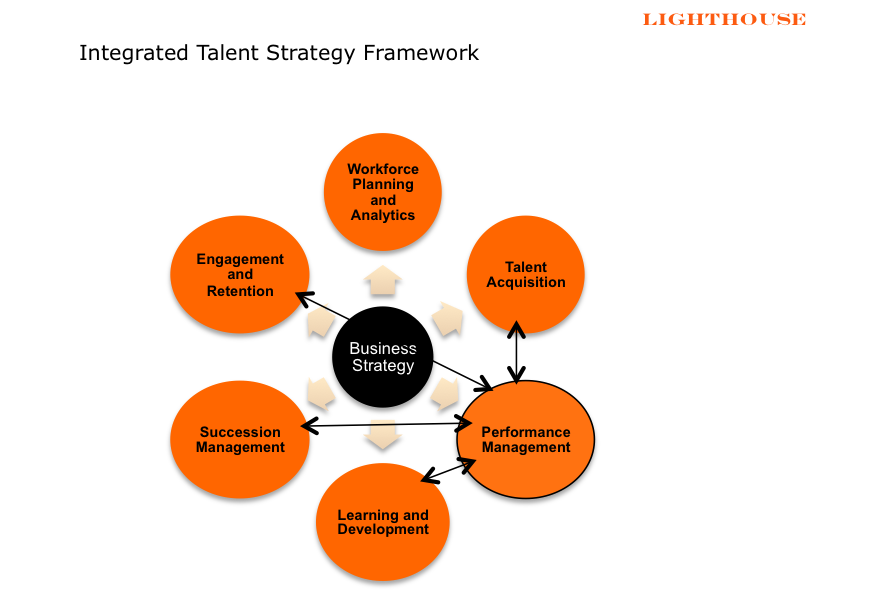The first communications course I took as a new sales hire for a forest products company introduced the skill of effective listening. I remember learning that good communicators listen for facts, feelings and emphasis. The facts represent the content, the data, the information. The feelings capture the way the message is transmitted … the tone and volume of the voice and the facial expression. Finally, emphasis defines where the passion lies, as depicted by energy, posture, eye contact and inflection. I learned that effective salespeople and, several years later, effective consultants, must actively listen for all three.
Effective listening is arguably the most difficult communication skill, as compared to presenting or questioning or negotiating. Two of the barriers that impede our use of this skill are the experience we have gained and the technologies we use in our professional journeys. Rather than tools that advance our listening competence, they have become obstacles. Our growth and fulfillment in the workplace depends upon our recognition of these challenges and our commitment to addressing them.
How can years of experience impede your ability to listen? Certainly, over each of our “storied” careers, we have built up biases around how we interpret the world and how we respond to varied points of view, word choices, expressions and presentation styles. These biases are limited and only marginally impactful in the early years of our career. Biases become more substantial and less flexible, however, as we mature and continue to use them to rationalize the judgments we make. Similarly, and somewhat related, are the “verbal patterns” of thinking that build up in our mind and, regrettably, become the organizing framework (and sometimes the receptacle) for much of what we hear every day. How often do we mentally finish and ultimately judge someone’s comments regarding a recommendation or a point of view because it begins to sound exactly like what so many others believe? As professionals and as continuous learners, we must resist any attempt to profile incoming ideas. Certainly, our experience can advance the conversation and build on new insights. But we must listen with the assumption that any idea, from top to bottom, reflects fresh thinking and unique perspective so that we can incorporate our experience in the most optimal way and collaboratively create new insight. By exercising patience, putting aside our biases and listening carefully with no assumed verbal pattern in mind, we can relish the merit of new ideas and the feelings behind them.
And what about technology? How in the world can digital technology and hand-held devices impede our listening skills? Well, for starters, let’s go back to our opening comment about listening for facts, feelings and emphasis. While smartphones and tablets, Twitter and Facebook, and dozens of business applications (e.g. travel sites, uber) have dramatically revolutionized our business day experience in so many positive ways, technology has had a catastrophic effect on the listening process of business leaders, many of whom once prided themselves on being engaged listeners. Contemporary listeners often do not “hear” the specific content in the message, because they are actively and often discreetly multi-tasking. Their ears are trying to catch the message, while their eyes are tracking texts or apps on their phone. Many listeners have no clue how a communicator feels about the message being conveyed, because there was probably limited eye contact, and the listener had only enough bandwidth to capture the words, not the feelings, much less the emotions, behind the message. So often the story behind the communication is abandoned, and the verbage sits on its own island, void of the empathy and context upon which it depends.
As if poor listening “costs” related to existing biases and our on-line mentality aren’t high enough, imagine the additional switching costs incurred when we attempt to go back and forth between these elements. Have you ever tried listening to a complicated business situation, then looked down at a long-awaited text or email, and then attempted to reconnect to the story with the SAME level of empathy and insight? These transitions carry an economic burden and, of course, bear a personal cost on the team members who look to our leadership.
While this article sheds light on societal norms widely known, it hopefully presents a candid view of two very real, yet very manageable, barriers in our professional communication. I
own a huge yellow lab whose name is Bubba, and when I ask Bubba if he wants to go to the park, I am met with a reaction that demonstrates the truest form of effective listening. His head jerks up, and he stares at me with complete engagement, eyes bulging out of their sockets and staring at me like lasers. I have his complete attention. Bubba has a great deal of experience with this oft-repeated question, but his reaction is always enthusiastic and reflects no internal bias … and he never finishes my sentence. There is no multi-tasking or technology, because Bubba turns off his smartphone when I speak to him. Now while we may all be a little too busy to always “listen like a lab”, are we giving those who speak to us our complete attention? I do think we have room in our day to listen respectfully and wholeheartedly to what our colleagues are saying to us. No one will perfect this skill, but pursuing excellence will help us each learn and grow. Over time, we can begin to listen less like an alien, and more like a human.



